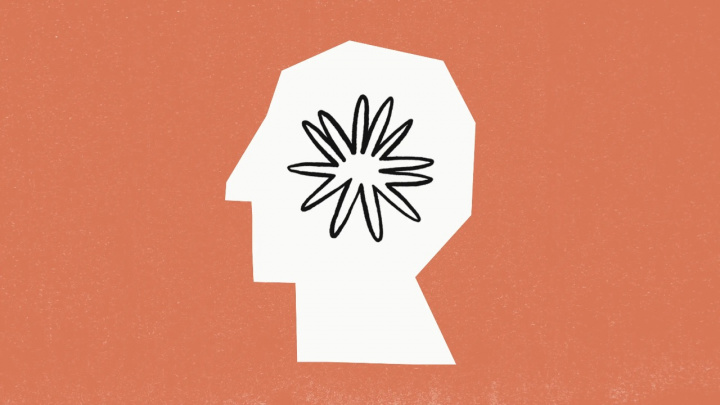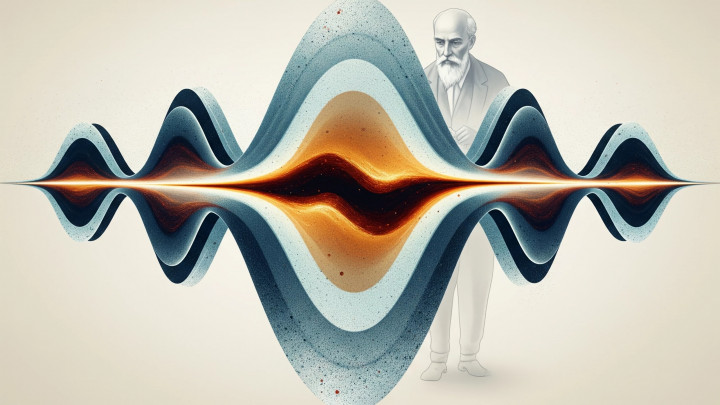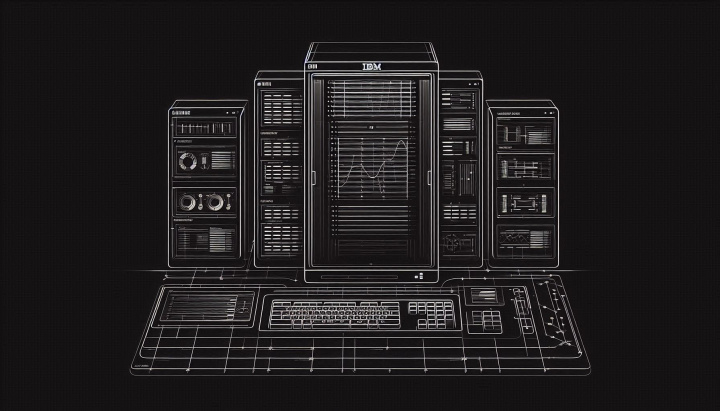Anthropic présente Claude 3.5 Sonnet, qui établit de nouvelles références en matière d'IA
Le nouveau modèle d'intelligence artificielle d'Anthropic, Claude 3.5 Sonnet, établit de nouvelles références pour l'industrie en matière de raisonnement, de connaissances et de capacités de codage. Fonctionnant deux fois plus vite que son prédécesseur, le modèle excelle dans les tâches complexes et améliore la collaboration grâce à la nouvelle fonctionnalité Artifacts.

Anthropic a dévoilé son dernier modèle d'intelligence artificielle, le plus avancé à ce jour, Claude 3.5 Sonnet, qui présente des améliorations significatives en termes de performance et de capacités par rapport aux modèles précédents. Les principales avancées du nouveau modèle incluent :
- Des performances supérieures à celles des modèles concurrents comme GPT-4o d'OpenAI, Gemini 1.5 Pro de Google et Llama 3 400B de Meta sur 7 des 9 benchmarks généraux et 4 des 5 benchmarks de vision.
- L'établissement de nouvelles références pour l'industrie en matière de raisonnement de niveau supérieur (GPQA), de connaissances de niveau universitaire (MMLU) et de compétences en codage (HumanEval).
- Une vitesse d'exécution deux fois supérieure à celle du précédent modèle phare d'Anthropic, Claude 3 Opus.
- Une excellence dans la rédaction et la traduction de code, la gestion de flux de travail multi-étapes, et l'interprétation de graphiques et de diagrammes.
- Une meilleure compréhension des nuances, de l'humour et des instructions complexes.
- La génération de contenu de haute qualité avec un ton naturel et accessible.
- La résolution de 64 % des problèmes lors de tests de codage agentifs internes, contre 38 % pour Claude 3 Opus.
- Des performances supérieures à celles de Claude 3 Opus sur les benchmarks de vision standards, démontrant un raisonnement visuel amélioré et une meilleure transcription de texte à partir d'images imparfaites.
Ces améliorations font de Claude 3.5 Sonnet un outil puissant pour les tâches complexes telles que le support client contextuel et l'orchestration de flux de travail multi-étapes.
Parallèlement au nouveau modèle, Anthropic a introduit la fonctionnalité Artifacts, conçue pour améliorer la collaboration et la productivité. Cette fonction innovante permet aux utilisateurs de visualiser, modifier et développer le contenu généré par l'IA — comme des extraits de code et des documents texte — en temps réel au sein de l'interface de discussion. Artifacts transforme Claude en un espace de travail collaboratif dynamique, permettant aux équipes d'intégrer de manière transparente le contenu généré par l'IA dans leurs projets et leurs flux de travail. Par exemple, les équipes de design et d'UX peuvent utiliser Artifacts pour créer, itérer et affiner collaborativement des prototypes d'interface utilisateur, en tirant parti de la compréhension par Claude des principes de conception et de sa capacité à générer des éléments visuels.
Anthropic souligne son engagement en matière de sécurité et de confidentialité avec Claude 3.5 Sonnet. Le modèle a subi des tests rigoureux et a été entraîné pour réduire les utilisations abusives, avec la participation d'experts externes comme l'Artificial Intelligence Safety Institute (UK AISI) du Royaume-Uni. Anthropic a également intégré les retours d'experts en protection de l'enfance pour mettre à jour les classifieurs et affiner les modèles. L'entreprise réaffirme sa position sur la confidentialité des données, en déclarant que les données soumises par les utilisateurs ne sont pas utilisées pour entraîner ses modèles génératifs sans autorisation explicite. Ces mesures reflètent les efforts d'Anthropic pour gérer les risques potentiels et maintenir la confiance des utilisateurs dans sa technologie d'IA.
Le nouveau modèle d'IA est disponible gratuitement sur Claude.ai et l'application Claude pour iOS, avec des limites d'utilisation plus élevées pour les abonnés Claude Pro et Team. Les utilisateurs peuvent également accéder à Claude 3.5 Sonnet via l'API d'Anthropic, Amazon Bedrock et Vertex AI de Google Cloud. Anthropic prévoit de compléter la famille de modèles Claude 3.5 plus tard cette année avec la sortie de Claude 3.5 Haiku et Claude 3.5 Opus. L'entreprise développe également de nouvelles fonctionnalités et intégrations, y compris une fonction de Mémoire qui permettra à Claude de se souvenir des préférences et de l'historique des interactions de l'utilisateur.





